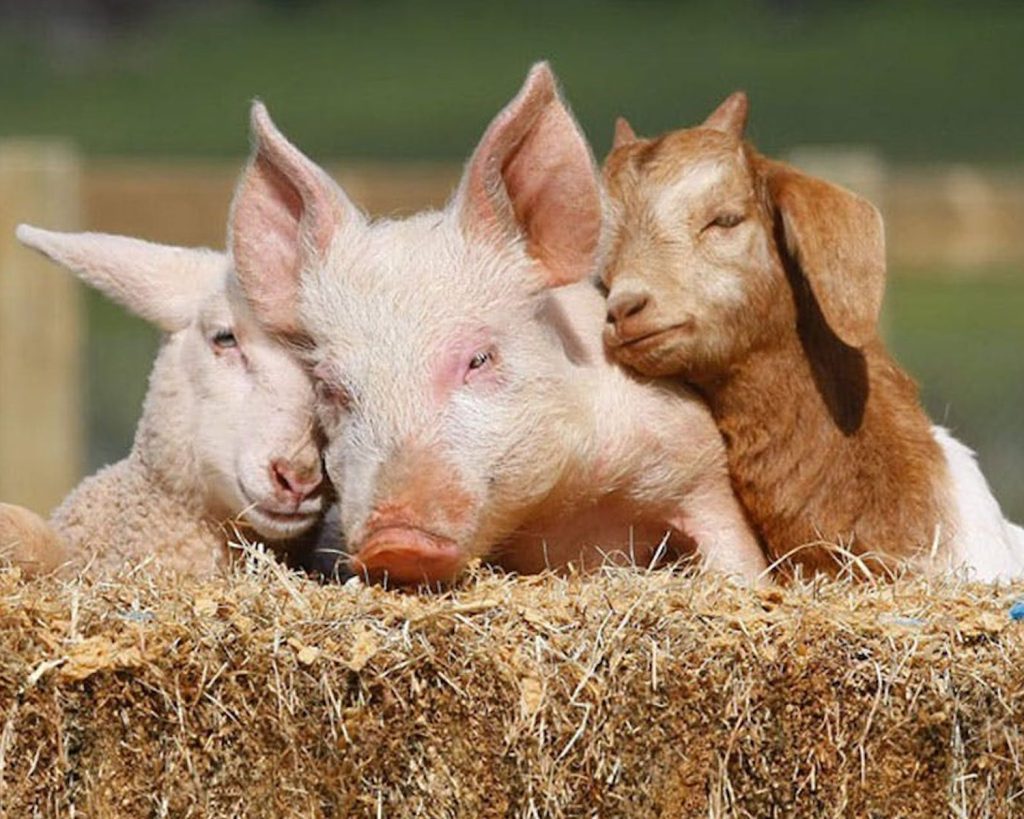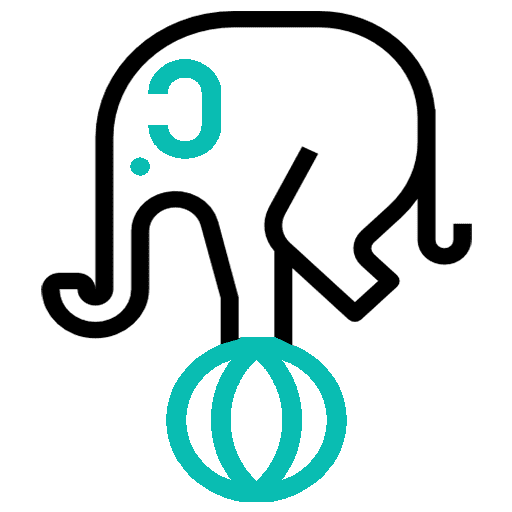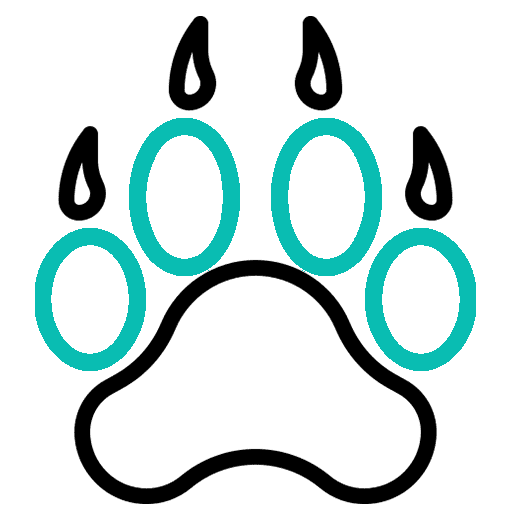The “Issues” section sheds light on the widespread and often hidden forms of suffering that animals endure in a human-centered world. These are not simply random acts of cruelty but symptoms of a larger system—built on tradition, convenience, and profit—that normalizes exploitation and denies animals their most basic rights. From industrial slaughterhouses to entertainment arenas, from laboratory cages to clothing factories, animals are subjected to harm that is often sanitized, ignored, or justified by cultural norms.
Each subcategory in this section reveals a different layer of harm. We examine the horrors of slaughter and confinement, the suffering behind fur and fashion, and the trauma animals face during transportation. We confront the impact of factory farming practices, the ethical cost of animal testing, and the exploitation of animals in circuses, zoos, and marine parks. Even within our homes, many companion animals face neglect, breeding abuses, or abandonment. And in the wild, animals are displaced, hunted, and commodified—often in the name of profit or convenience.
By uncovering these issues, we invite reflection, responsibility, and change. This is not just about cruelty—it is about how our choices, traditions, and industries have created a culture of dominance over the vulnerable. Understanding these mechanisms is the first step toward dismantling them—and building a world where compassion, justice, and coexistence guide our relationship with all living beings.
Although hunting was once a vital part of human survival, especially 100,000 years ago when early humans relied on hunting for food, its role today is drastically different. In modern society, hunting has become primarily a violent recreational activity rather than a necessity for sustenance. For the vast majority of hunters, it is no longer a means of survival but a form of entertainment that often involves unnecessary harm to animals. The motivations behind contemporary hunting are typically driven by personal enjoyment, the pursuit of trophies, or the desire to participate in an age-old tradition, rather than the need for food. In fact, hunting has had devastating effects on animal populations across the globe. It has contributed significantly to the extinction of various species, with notable examples including the Tasmanian tiger and the great auk, whose populations were decimated by hunting practices. These tragic extinctions are stark reminders of the …


























































